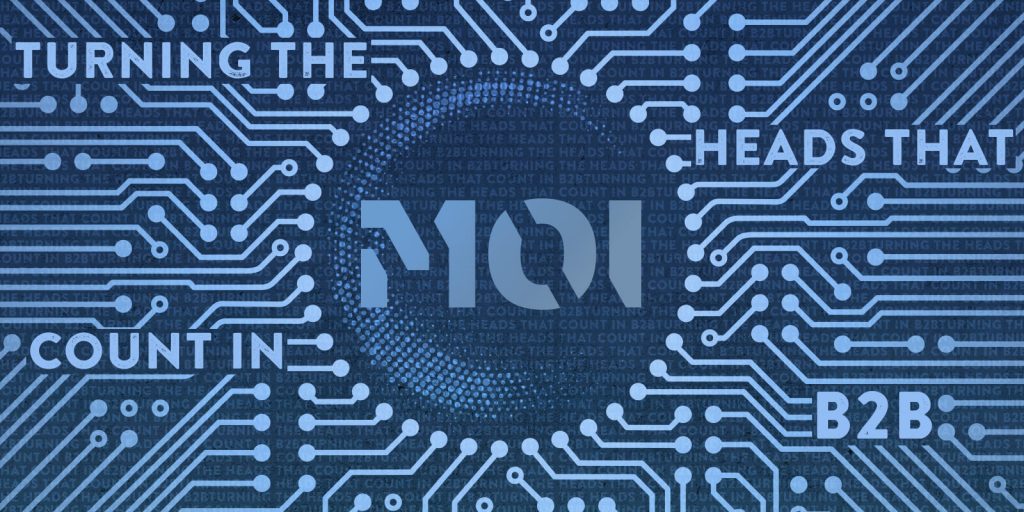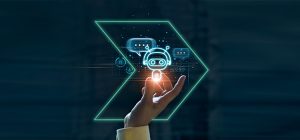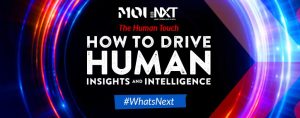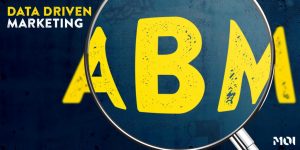4 min read

There’s a lot of confusion surrounding blockchain. If you’re like most people, you know blockchain is the next cool thing, but you might not know what it actually is. If you guessed that it’s got something to do with cryptocurrencies, you’re half right, but you’re still only scratching the surface of the technology’s potential.
While it’s easy to be hyperbolic when it comes to new technology, I think there’s real reason to be excited about blockchain. Here’s a quick overview so you can start to make up your own mind whether that’s true.
Put simply, blockchain is an “open, distributed ledger that can record transactions between two parties efficiently and in a verifiable and permanent way.”
I’m not going to complicate things by drilling down into the technical detail. All you need to know is that blockchain is basically a digital method of record-keeping – a much more technologically advanced and useful version of a spreadsheet, if you like. However, beneath this simplicity is the potential to change how we make and record all sorts of transactions.
Once blockchain really kicks off, you can say goodbye to the chaos caused by multiple people having their own versions of a spreadsheet, with each user being able to make contradictory changes and destroying the possibility of a ‘single source of truth’.
A single source of truth is one of blockchain’s major selling points. It’s transparent and unalterable. Any discrepancy is removed when checked against every other copy of the ledger. It’s fully verifiable and permanent, which builds trust between parties when a transaction is made. You can’t change, replace or delete any entries. All you can do is add a new entry to the chain.
It’s decentralised too, with every user having their own copy of the ledger. Each copy is constantly updated with new entries based on consensus with a majority of other copies of the ledger. With no core database, it’s far less vulnerable to attacks, because any changes made to one copy of the ledger through hacking would be rejected when compared to other copies.
Examples of blockchain use
It’s understandable if you find it hard to separate blockchain from cryptocurrency. The first blockchain was, after all, created in 2008 specifically as the infrastructure upon which Bitcoin was built. But there are so many potential uses for blockchain, and I’d like to go over just a few of them now.
Marketing
From increasing trust by giving users more control over their data to improving delivery and reporting, blockchain could have a profound effect on marketing. In general, marketing should become more transparent, with agencies and brands being able to analyse results and compare them to any promises made.
IoT
IBM is already exploring the use of blockchain to build decentralised IoT networks, potentially improving security and scalability and reducing costs compared to today’s centralised, cloud-based solutions. Combine this with smart contracts and a network could, for example, automatically check energy suppliers’ prices while monitoring and controlling the temperature of a building.
Supply Chains
As a product moves through a supply chain, it must be recorded at each point – when it leaves the factory, when it gets put on the back of a lorry, when it reaches a retailer, etc. – but blockchain could potentially reduce time, cost and errors due to the permanent, decentralised nature of the technology.
Retail
OpenBazaar is a platform that aims to remove the middlemen in online retail by connecting buyers and sellers directly. The idea is that, with every transaction and interaction recorded and viewable by both parties in the blockchain, it builds a sense of trust that’s not dependant on the platform itself.
Photography
In 2019, Kodak plans to launch a blockchain-based image rights platform, KODAKOne, to make it easier for photographers to get royalties owed to them through use of their work.
International trade and travel
If blockchain can keep track of goods along the supply chain, there’s no reason why this couldn’t extend to those goods crossing borders, with each item and shipment securely verified and recorded at every step. You could also use blockchain to verify digital identities of people – used globally, this could speed up travel across international borders for everybody.
These are just a few of the many, many potential uses of blockchain. In the interests of balance, it’s only fair to look at some of the reasonable criticisms of blockchain too.
Bitcoin alone, for example, consumes the same amount of electricity it takes to power a country like Switzerland in one year. Yet, in counter to this, Iceland has become hugely popular among Bitcoin miners due to the island’s abundant source of renewable energy, which is produced by geothermal and hydroelectric plants.
Currently, it can take longer than is desirable to process blockchain transactions since each transaction must be verified by a decentralised network before the record of it is seen as legitimate and permanently added to the chain. But as computers continue to become more powerful, faster and more efficient, this problem should resolve itself.
So, like every other new technology that gets marketed as ‘world-changing’, it’s important that we don’t get ahead of ourselves. There’s still a lot of work to do, and it’s not going to happen overnight, but I think we still have plenty of reasons to be excited about the future of blockchain.
As economist and one-time Greek Minister of Finance Yannis Varoufakis says, “blockchain is a remarkable solution to problems that we have not even imagined yet.”
Want to chat more about blockchain and the part it will play in marketing’s future? I’d love to hear your thoughts, so get in touch.
Related content









